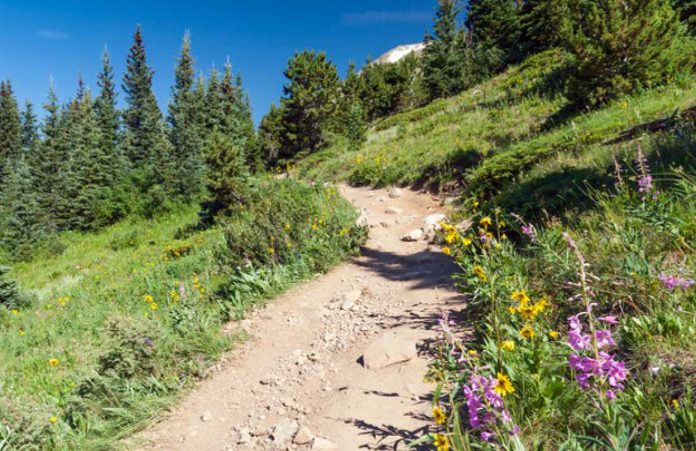“The mountains are calling and I must go.” John Muir, also known as “John of the Mountains” knew what he was talking about when he uttered that famous quote. People fl ock to Utah to ease their soul; something magical happens when you are outdoors. Being in the wilderness allows people to heal and connect with themselves on a deeper level, so it makes sense that acceptance of wilderness therapy is expanding.
Wilderness therapy, also known as outdoor behavioral healthcare, is actually rather intuitive when you consider it. Typically, it is a combination of treatment methods in a wilderness setting. “The question isn’t why does it work? It’s why are we still doing therapy on the couch?” said Derek Daley, Marketing Chair of the Outdoor Behavioral Healthcare Council.
Outdoor behavioral healthcare is the prescriptive use of wilderness experience intentionally combined with behavioral healthcare. OBHC suggests immersion in nature and the removal of distractions. Instead of traditional therapy, licensed mental health professionals trade the couch for the great outdoors to meet the therapeutic needs of clients. Wilderness therapy allows clients to engage in adventure and therapy at the same time.
Outdoor behavioral healthcare is big business in Utah because of the abundance of programs and beautiful public lands that we have access to. It brings in $423 million to Utah and creates 6,400 jobs. Many of these programs operate in rural Utah, which brings professional jobs such as fi eld instructors, guides, mentors and therapists to these areas.The impact on the state is significant.
Wilderness therapy is fundamentally tapping into the healing power of Mother Nature. Mental health professionals are increasingly using the outdoors and the adventures it off ers to address mental well-being. Take two walks and call me in the morning.















